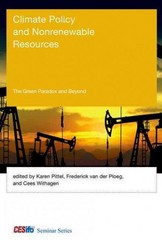Question
Let us assume that all economies were at the steady-state in 1820 and the output per capita at time t was described by the following
Let us assume that all economies were at the steady-state in 1820 and the output per capita at time t was described by the following aggregate production function:
yt=At(X/Nt)1/3
where At stands for the aggregate productivity level at time t, X denotes the fixed stock of land used in agriculture and Nt represents the aggregate population size at time t.
a) Derive a relationship between the growth rate of the output per capita from time t to t+1, and the growth rate of the aggregate population from time t to t+1 under the assumptions that productivity grows at a constant rate.
Download the historical statistics Angus Maddison's Historical Statistics of the World Economy: 1- 2008 AD available fromhttp://www.ggdc.net/maddison/oriindex.htmto answer the next question.
b) Compute the growth rates of the GDP per capita from 1000 to 1820 and the growth rates of the population from 1000 to 1820 for 30 W. Europe, W. Offshoots, L. America, Asia and total Africa?
c) Using the equation obtained in question a. and the growth rates found in question b., derive the growth rates of productivity for 30 W. Europe, W. Offshoots, L. America, Asia and total
Africa from 1000 to 1820. In which part of the world, productivity grew the fastest?
d) Display using a scatter plot the relationship between the standard of living in 1820 and the productivity growth rate from 1000 to 1820. Is the graphical relationship found in d. consistent with the prediction of a Malthusian growth model with productivity growth?
Step by Step Solution
There are 3 Steps involved in it
Step: 1

Get Instant Access to Expert-Tailored Solutions
See step-by-step solutions with expert insights and AI powered tools for academic success
Step: 2

Step: 3

Ace Your Homework with AI
Get the answers you need in no time with our AI-driven, step-by-step assistance
Get Started


